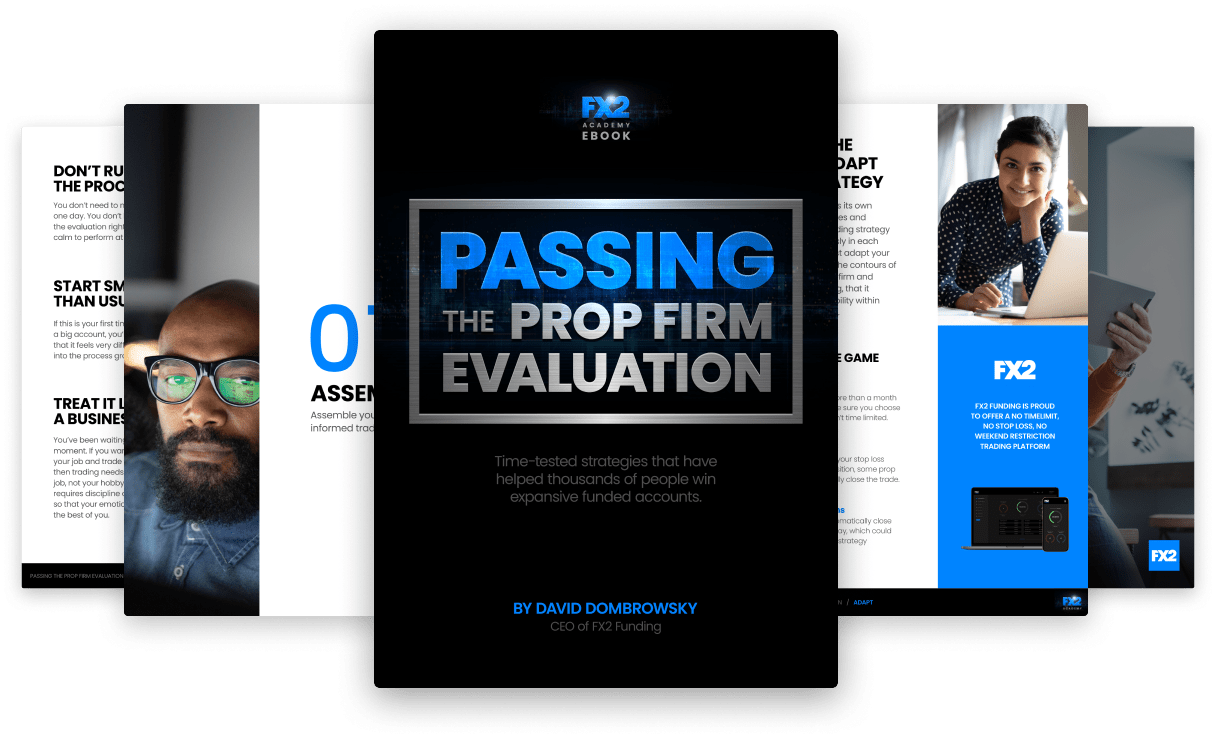CFDs (Contracts for Difference) play an essential role in the markets allowing people to trade various financial instruments. Offered by most brokers, they act as a gateway for trading common instruments, including forex, commodities, stocks, and exchange-traded funds, without taking actual ownership. They derive their value from the price movement of the underlying asset.
CFDs stand out as they allow traders and investors to try and profit from price movement or fluctuations in the various markets. Unlike other instruments, one only speculates on price movements and does not own the underlying assets.
The CFD contract does not factor in the asset's underlying value. Instead, the focus is on the price change from when a contract is entered and when it is closed.
CFDs are an agreement between an investor and a broker offering various financial instruments that one can speculate on price movements. Once the contract is entered, the trader agrees to exchange the difference in the value of the financial instruments between when the contract was opened and when it was closed.
For instance, if a trader is optimistic that the price of gold will increase over a certain period, they can use CFDs to try and profit from any price increase. By logging into the brokerage account, the trader could enter a buy contract at, say, $1750, the prevailing price of gold spot.
The trader would not receive gold assets on triggering the buy position. However, should the price of gold increase to $1763 an ounce and the trader decides to exit the market, they will have accrued a profit of $13, which is the Difference between the buying and selling price.
CFDs provide a way to speculate on the underlying asset or security price. Therefore, traders can bet on whether the price will increase by opening buy positions. Likewise, they can bet on the declining price on opening sell or short positions in brokerage accounts.
Traders rely on technical indicators to try and predict the direction price is likely to move to open positions in the direction of the underlying trend. The moving average is one of the popular technical indicators traders use in CFD trading.
A moving average shows the average price of the underlying asset over a specified period. For instance, a 20-day moving average shows the average price of an asset over a 20-day period. Consequently, whenever the price moves above the 20-day moving average, it implies a buildup in buying pressure, signaling price is likely to increase.
The increase presents an opportunity to enter a buy position using CFDs to profit on further price increases.
Source: Tradingview.com
Similarly, whenever the price closes below the 20-day moving average, it implies a buildup in selling pressure, implying prices are likely to continue decreasing. The decline presents an opportunity to enter a short position using CFDs to profit from price declines.
Whenever you place a buy or sell order using CFDs, there is usually an opportunity to add execution tools for locking profits and limiting losses while looking to profit from the price difference. Consequently, a trader can place a profit-take order that locks in profit once the price rises to a given level on opening a buy position. Likewise, the profit order will also lock in profit once the price drops to a given level on opening a short position while trading CFDs.
Similarly, a stop loss is a significant risk management order that allows traders to minimize losses while looking to profit from the price difference. The stop loss order is placed a few pips below the entry-level whenever one opens a buy position. The order will close the position whenever the price drops to the level instead of rising as expected when a buy position is in play.
The stop loss order is also placed a few pips above the sell or short position and closes the position once the price moves up instead of edging lower as expected while looking to profit from the price decline.
CFDs stand out as the best tools for trading various financial instruments because of the high leverage always on offer. Brokers only require traders to deposit a small amount of money and accord them a form of leverage or loan that allows them to place big positions in the market that their normal capital would not handle.
Some markets require traders or investors to have a minimum amount of money to trade and also have restrictions on day trading. However, CFD trading is not bound by any restrictions as long as one has sufficient capital. They can place as many trades as they wish during a trading day.
Most traders offer various instruments that traders can speculate on using CFDs. For instance, one can simultaneously trade stocks, currencies, commodities, and ETFs from one trading account. Additionally, one can trade in a wide range of worldwide markets.
In some markets, it is impossible to go short or speculate on the prices of an asset declining. In CFD trading, traders speculate on prices moving up or down. There are usually no restrictions on the kind of trades one can place. Consequently, CFD trading instruments can be shorted as one does not own the underlying asset but speculates on price.
CFD brokers offer almost the same order types on offer by traditional brokers, which enhances CFD trading. Buy and sell stop orders are usually on offer, including Limit orders and contingent orders.
One of the biggest downsides of CFD trading is the wide spreads that traders incur while looking to speculate on the prices of different instruments. Having to pay spreads on entries and exits limits the prospects of generating optimum profits in each trade.
The CFD industry operates on the reputation, longevity, and financial position of the broker offering the financial instruments. The industry is not highly regulated. There are instances where some brokers have gone under with people's money.
Trying to profit from price changes through CFD trading requires close monitoring. Liquidity and margin requirements are a must for anyone looking to continue trading. The high leverage on offer is a double-edged sword that can wipe an account if misused.
While trading CFDs is safe, it all boils down to the kind of broker one settles on to access the various markets. To keep money and liquidity risks low, traders should only deal with reputable brokers regulated by some of the biggest agencies.
Trading CFDs is not gambling. Instead, it is like trading financial instruments using any other tool. It comes with its fair share of risks and the prospect of generating significant profits. How safe CFD trading depends on the strategies a trader deploys to try and squeeze as much profit as possible from price differences while keeping losses low.
CFD trading is not legal in the US, even though they are offered in all over-the-counter markets across the globe. While the United States Securities and Exchange Commission has restricted CFD trading in the US, non-residents can still trade them.
CFD trading can be good for beginners as long as one knows what they are doing and understands the market dynamics that trigger price changes on the various financial instruments. Therefore, it is important to master fundamental and technical analysis to predict the direction price is likely to move.
Contracts for Difference allow traders to speculate on financial instruments' prices without owning or taking physical delivery. The contracts make it possible to profit from price differences on a range of assets, including shares, commodities, currencies, and ETFs. Lower margin requirements, easy access to global markets, and no shorting trading rules are reasons people jump to the opportunity to trade financial instruments using CFDs.


Notifications